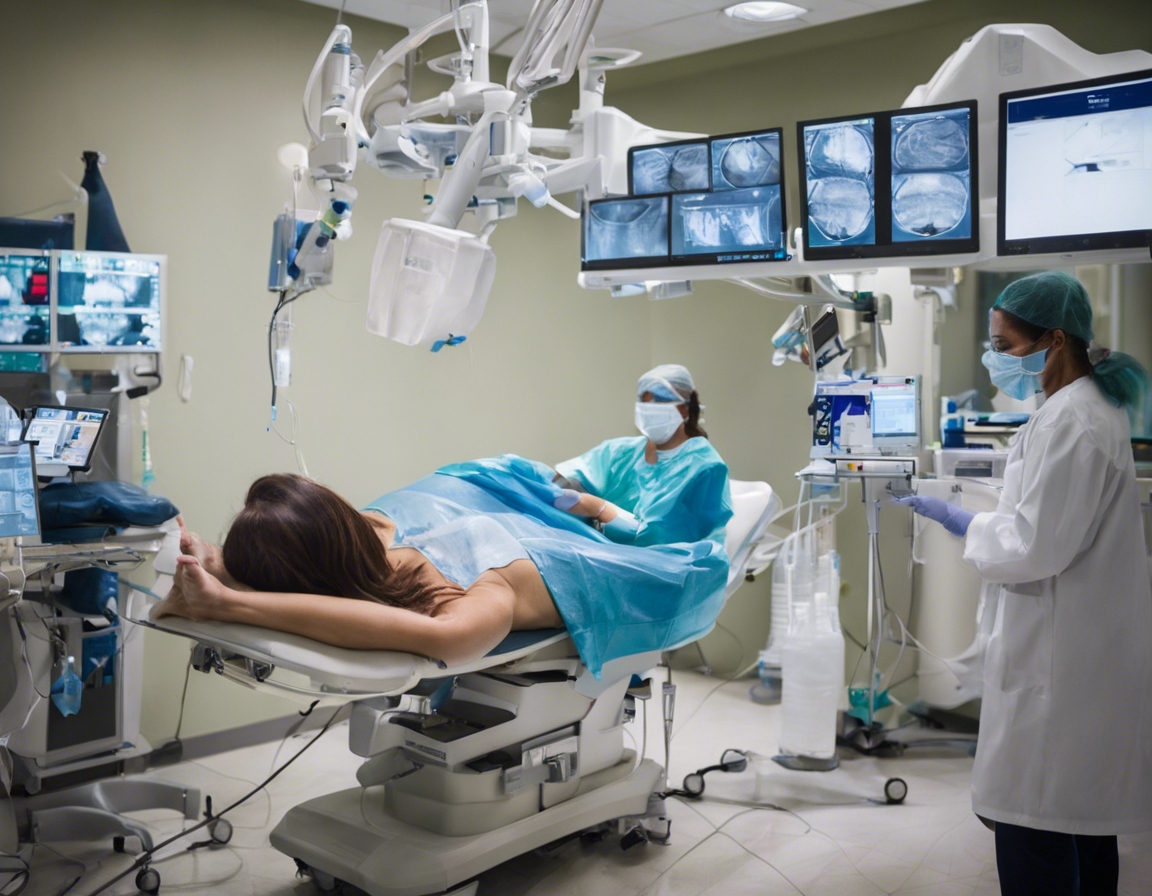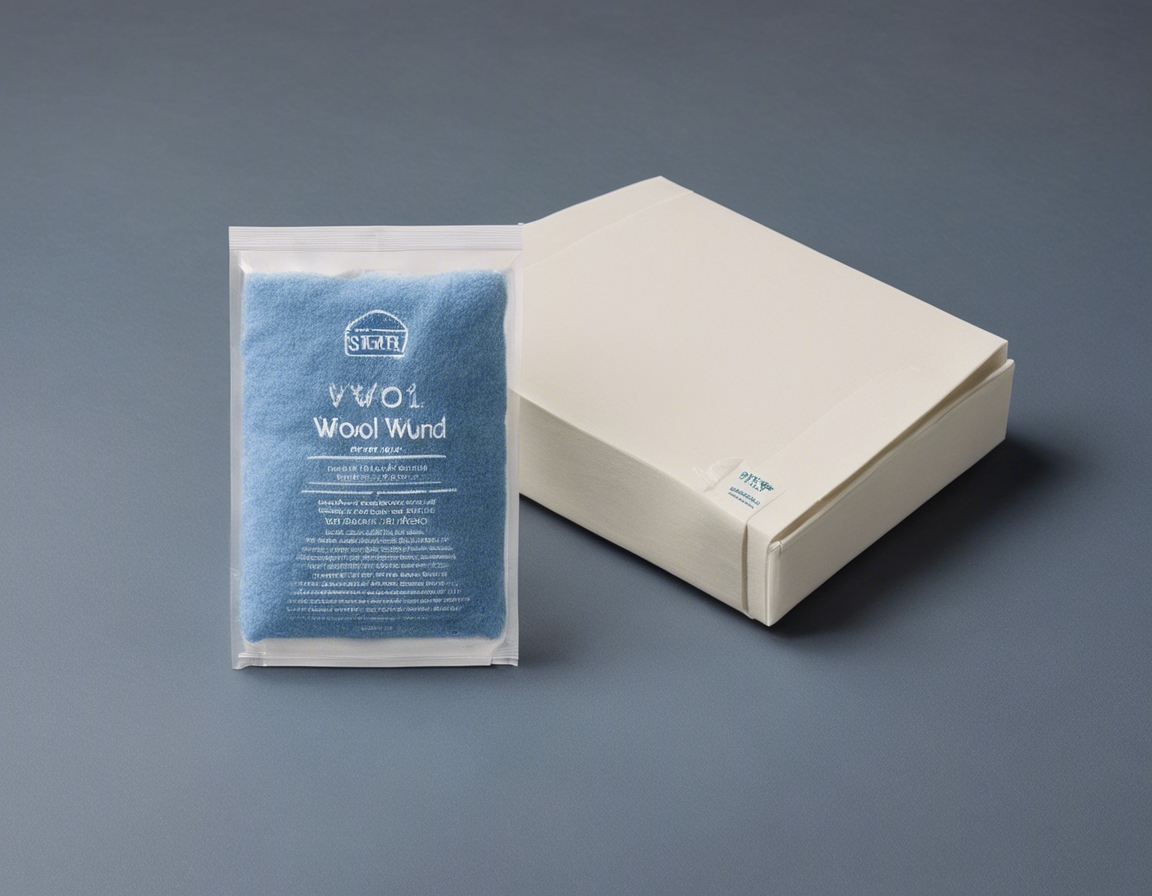The future of wound care: innovations to watch
As we look to the future of healthcare, wound care remains a critical area demanding innovation and improvement. With an aging population and the rise of chronic diseases, the need for advanced wound care solutions is more pressing than ever. In this blog post, we will explore the cutting-edge technologies and methodologies poised to revolutionize the field of wound management.
Wound care professionals and patients alike face numerous challenges, from slow healing times and infection risks to the complexities of treating chronic wounds. The burden of these issues not only affects patient quality of life but also places a significant strain on healthcare systems globally.
Advancements in wound care are essential for improving patient outcomes, reducing healthcare costs, and enhancing the overall efficiency of treatment protocols. By staying abreast of the latest innovations, healthcare professionals can offer better care and support to those in need.
Emerging Technologies in Wound Care
Smart dressings equipped with sensors are at the forefront of wound care innovation. These dressings can monitor wound moisture levels, pH, and temperature, providing real-time data to healthcare providers. This information is crucial for timely interventions and personalized care plans.
Regenerative medicine, including stem cell therapy, holds the promise of repairing and regenerating damaged tissues. This approach could significantly shorten healing times and improve the quality of wound closure.
New debridement techniques that are less invasive and more effective are being developed to remove dead or infected tissue, promoting faster and healthier healing processes.
Biotechnology in Wound Healing
Biological skin substitutes offer an alternative to traditional skin grafts, providing a scaffold for new tissue growth and reducing the risk of rejection and infection.
Antimicrobial peptides are part of the next wave of infection control in wound care. These naturally occurring molecules have the potential to combat antibiotic-resistant bacteria, a growing concern in healthcare.
Personalized Wound Care Approaches
The integration of genomics into wound care allows for personalized treatment strategies based on a patient's genetic profile, potentially leading to more effective and faster healing.
Telemedicine and remote monitoring technologies enable patients to receive expert wound care advice without the need for frequent clinic visits, making treatment more accessible and convenient.
Integration of Artificial Intelligence
Artificial intelligence is transforming diagnostic imaging in wound care, with algorithms that can analyze images for signs of healing or complications more accurately than ever before.
AI-powered algorithms can also assist in creating personalized treatment plans, taking into account a multitude of factors to optimize patient outcomes.
Enhancing Patient Comfort and Compliance
Innovations in pain management ensure that patients remain comfortable throughout their treatment, which is essential for compliance and successful wound healing.
By focusing on the patient experience, new wound care strategies aim to make treatment less burdensome and more patient-centric, fostering better overall health and well-being.





Comments (0)